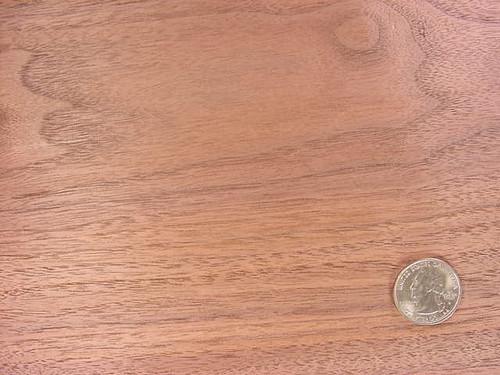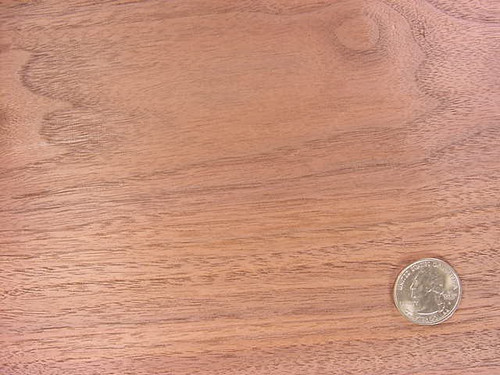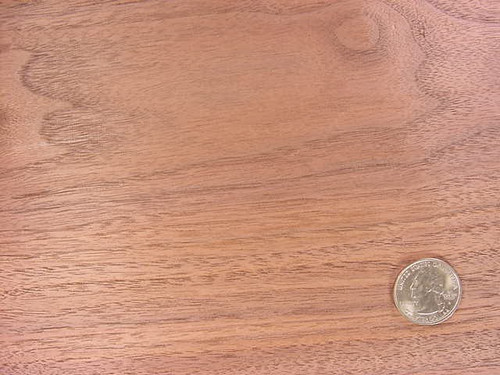Product Description
LUMBER SURFACED ON 4 SIDES TO SIZES SHOWN + or - 1/4Common Name(s): Black Walnut
Scientific Name: Juglans nigra
Distribution: Eastern United States
Tree Size: 120 ft (37 m) tall, 3 ft (1 m) trunk diameter
Average Dried Weight: 38 lbs/ft3 (610 kg/m3)
Specific Gravity (Basic, 12% MC): .51, .61
Janka Hardness: 1,010 lbf (4,490 N)
Modulus of Rupture: 14,600 lbf/in2 (100.7 MPa)
Elastic Modulus: 1,680,000 lbf/in2 (11.59 GPa)
Crushing Strength: 7,580 lbf/in2 (52.3 MPa)
Shrinkage: Radial: 5.5%, Tangential: 7.8%, Volumetric: 12.8%, T/R Ratio: 1.4
Color/Appearance: Heartwood can range from a lighter pale brown to a dark chocolate brown with darker brown streaks. Color can sometimes have a grey, purple, or reddish cast. Sapwood is pale yellow-gray to nearly white. Figured grain patterns such as curl, crotch, and burl are also seen.
Grain/Texture: Grain is usually straight, but can be irregular. Has a medium texture and moderate natural luster.
Endgrain: Semi-ring-porous; large earlywood pores grading to medium latewood pores, few; solitary and radial multiples of 2-3; tyloses occasionally to abundantly present; growth rings distinct; rays barely visible without lens; parenchyma banded (marginal), apotracheal parenchyma diffuse-in-aggregates (sometimes very faint and barely visible even with lens).
Rot Resistance: Black Walnut is rated as very durable in terms of decay resistance, though it is susceptible to insect attack.
Workability: Typically easy to work provided the grain is straight and regular.
Planer tearout can sometimes be a problem when surfacing pieces with irregular or figured grain. Glues, stains, and finishes well, (though walnut is rarely stained). Responds well to steam bending.
Odor: Black Walnut has a faint, mild odor when being worked.
Allergies/Toxicity: Although severe reactions are quite uncommon, Black Walnut has been reported as a sensitizer. Usually most common reactions simply include eye and skin irritation. See the articles Wood Allergies and Toxicity and Wood Dust Safety for more information.
Pricing/Availability: Very popular and widely available, though board widths can sometimes be narrow. Considered a premium domestic hardwood, prices are in the high range for a domestic species.
Sustainability: This wood species is not listed in the CITES Appendices or on the IUCN Red List of Threatened Species.
Common Uses: Furniture, cabinetry, gunstocks, interior paneling, veneer, turned items, and other small wooden objects and novelties.
Comments: It would be hard to overstate Black Walnut’s popularity among woodworkers in the United States. Its cooperative working characteristics, coupled with its rich brown coloration puts the wood in a class by itself among temperate-zone hardwoods. To cap it off, the wood also has good dimensional stability, shock resistance, and strength properties.
Product Videos
Custom Field
Product Reviews
1 Review Hide Reviews Show Reviews
-
Walnut
The 1/2 in walnut was perfect for my needs








